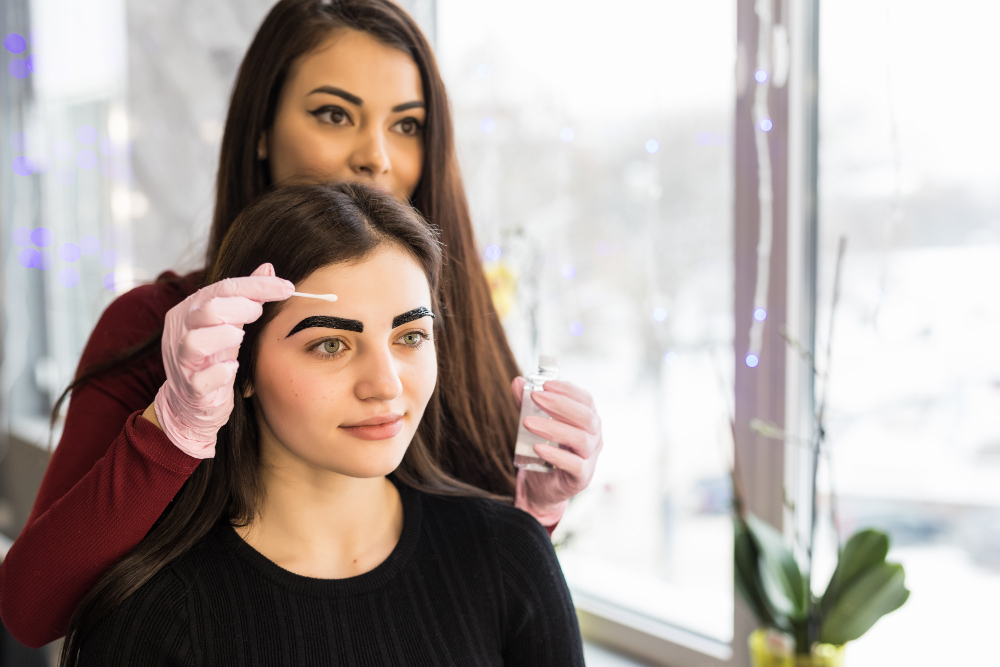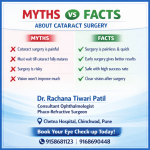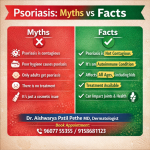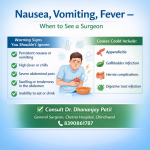Platelet-Rich Plasma (PRP) therapy has gained popularity as a regenerative treatment option in various medical fields, particularly dermatology and orthopedics. This innovative procedure utilizes the healing properties of platelets to promote tissue repair and rejuvenation. Here’s a step-by-step guide to understanding PRP therapy:
1. Consultation and Evaluation
PRP therapy begins with a thorough consultation with a healthcare provider, such as Dr. Aishwarya Patil, MD Dermatologist. During this initial visit, your medical history is reviewed, concerns are discussed, and suitability for PRP treatment is assessed. This personalized approach ensures that PRP therapy is tailored to meet your specific needs and goals.
2. Blood Collection
If deemed suitable for PRP therapy, a small blood sample is collected from you, similar to a routine blood test. The quantity of blood collected depends on the treatment area and specific requirements determined during the consultation phase.
3. PRP Extraction
The collected blood sample undergoes a process called centrifugation, where it is spun at high speeds to separate the platelet-rich plasma from other blood components. PRP contains a concentrated amount of platelets, growth factors, and cytokines, which are essential for tissue repair and regeneration.
4. Preparation for Treatment
Depending on the intended application, the extracted PRP may be further processed. This can involve mixing with additives to enhance its efficacy or creating a gel-like consistency for easier application and better absorption into the target tissues.
5. Post-Treatment Care
Following PRP therapy, it is essential to follow specific post-care instructions provided by your healthcare provider. These instructions typically include avoiding strenuous activities, keeping the treatment area clean and protected, and attending follow-up appointments to monitor progress and optimize results.
Benefits of PRP Therapy
PRP therapy offers several benefits, including:
- Natural Healing: Utilizes your body’s own healing mechanisms.
- Non-Surgical: Minimally invasive with little to no downtime.
- Versatile: Effective in treating various conditions, from skin rejuvenation to joint pain.
- Safe and Well-Tolerated: Uses your own blood, reducing the risk of allergic reactions or rejection.
Conclusion
Platelet-Rich Plasma (PRP) therapy is a promising treatment option for individuals seeking natural and effective solutions for tissue repair and regeneration. Whether you’re considering PRP for skin rejuvenation or orthopedic purposes, consulting with a qualified healthcare provider like Dr. Aishwarya Patil ensures personalized care and optimal outcomes.
If you’re interested in PRP therapy or have specific questions about its benefits and suitability for you, schedule a consultation with a healthcare professional to explore this innovative treatment further.













